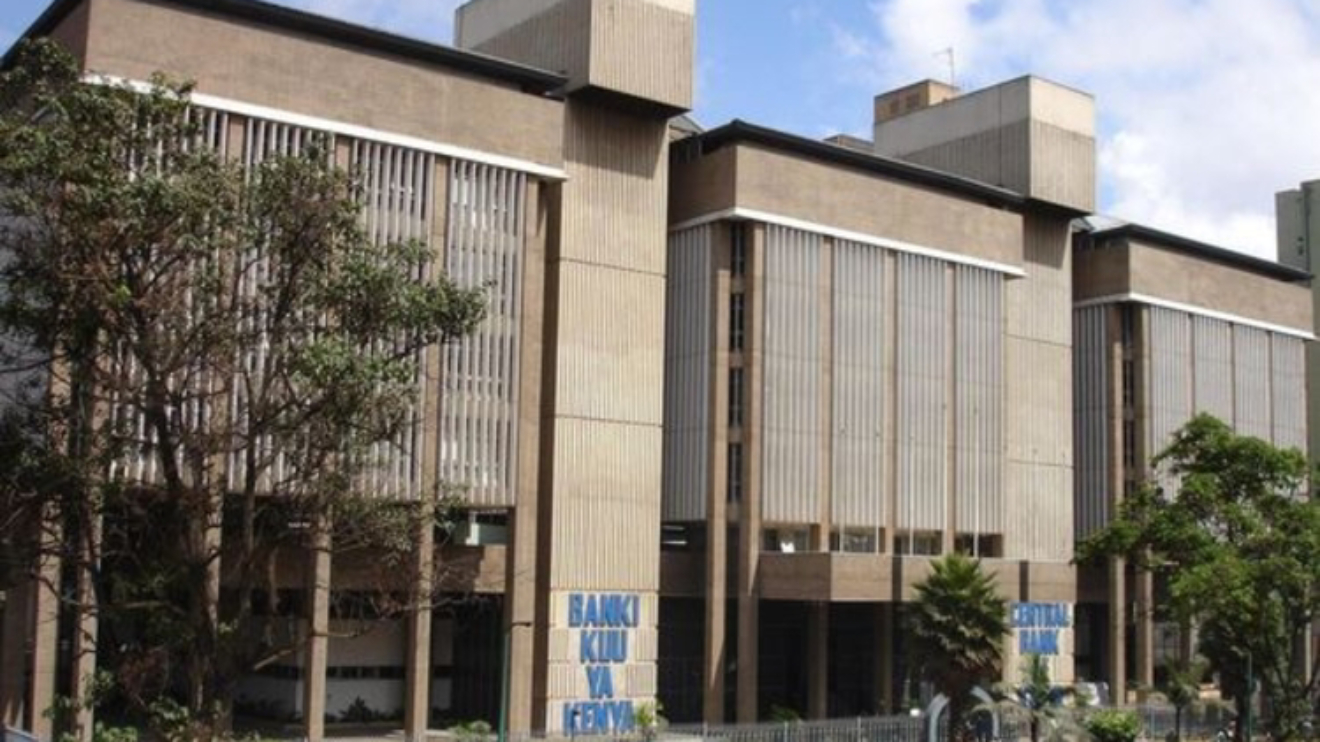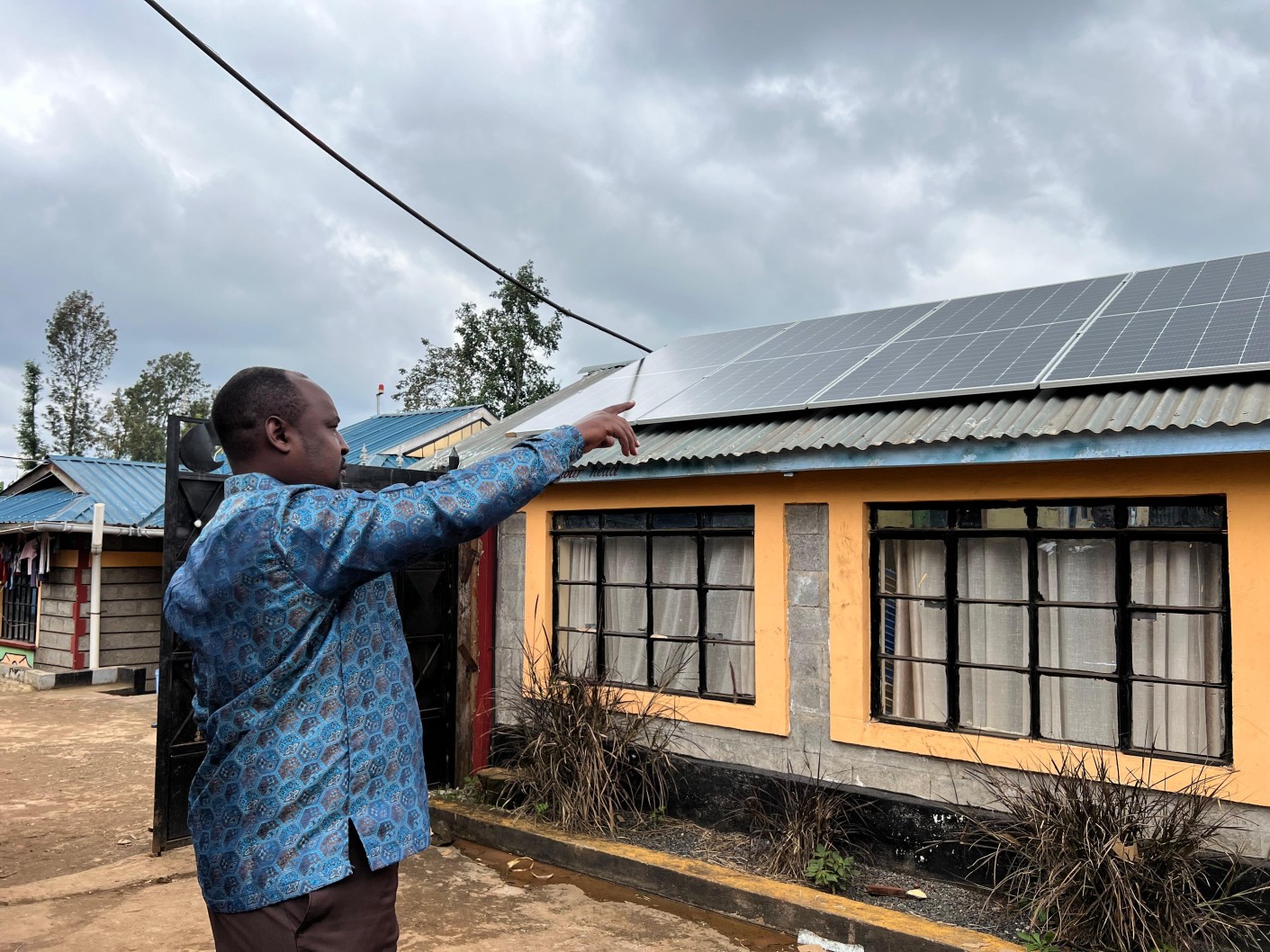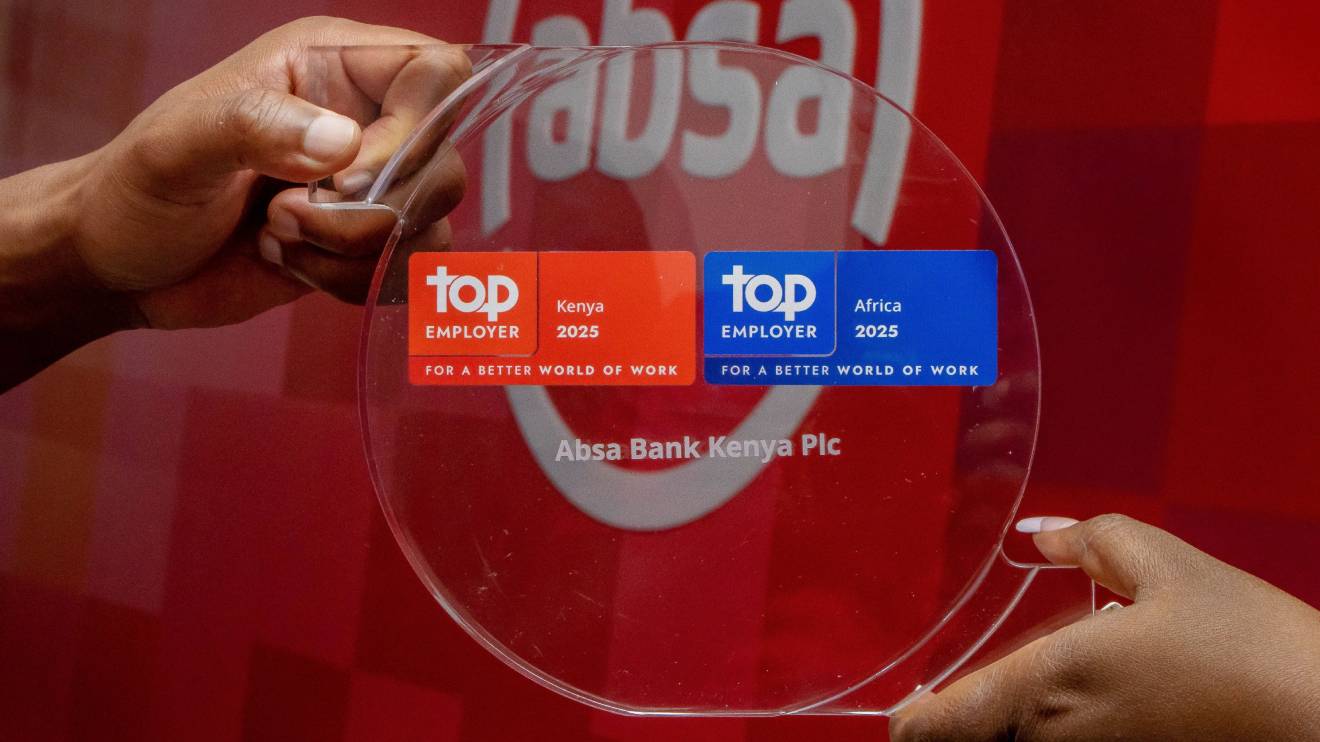The Central Bank of Kenya (CBK) has released a new risk-based credit pricing model (RBCPM) that will reshape how banks determine the cost of loans.
The regulator said the framework will apply to new variable rate loans starting September 1, 2025, and will extend to existing variable rate loans from February 28, 2026, after a six-month transition period.
At the heart of the changes is a new approach that ties lending rates to a market-driven benchmark.
The CBK explained the structure clearly, stating, “The total lending rate - KESONIA + Premium (K), where the premium includes the costs related to lending, return to shareholders, and the risk profile of the borrower.”
It further clarified, “The total cost of credit - KESONIA + K + Fees and Charges.”
Read More
The new reference point, KESONIA, is not an entirely new invention but a rebranded version of the existing overnight interbank average rate.
The CBK stressed that the calculation process will remain intact.
“KESONIA is a formal renaming of the existing overnight interbank average rate. The methodology remains unchanged and continues to reflect actual overnight interbank lending transactions,” the regulator stated.
This rebranding, according to CBK, is aimed at aligning Kenya’s financial system with global standards.
It said, “The name change aligns with international benchmark reform practices and provides a clearer identity for Kenya's risk-free reference rate, consistent with global standards such as the Sterling Overnight Index Average (SONIA) of UK, and the Secured Overnight Financing Rate (SOFR) of US.”
The scope of the new rate has also been defined.
The CBK explained that KESONIA will guide all variable rate loans but will not apply to foreign currency or fixed-rate borrowing.
“KESONIA will be applicable to all variable rate loans except for foreign currency denominated loans and fixed rate loans. Where KESONIA is not practical, customers may be availed the use of the Central Bank Rate (CBR) as the alternative reference rate,” CBK said.
To ensure stability in case of disruptions, fallback measures are in place.
"Fallback to CBR is allowed for that period. Contracts should provide for this contingency,” the regulator explained.
Beyond immediate lending adjustments, the regulator highlighted the long-term benefits of adopting KESONIA.
“Adopting KESONIA supports a broader shift to international best practices on benchmark reference rate frameworks. It lays the foundation for further developments such as term rates, KESONIA-linked financial products, and a domestic derivatives market.”
The model also introduces a greater level of transparency. Commercial banks will now be required to publicly disclose the details of their loan pricing, including weighted average lending rates, weighted average premiums (K), and all associated fees and charges.
These disclosures will appear both on individual bank websites and on the Total Cost of Credit (TCC) platform.
To support the rollout, KESONIA will be published daily by the CBK on its official website and market data feeds.
Banks, meanwhile, will need to overhaul their internal systems, pricing models, and legal documentation to accommodate the new structure.
With the changes, Kenya’s credit market is set for a transformation that strengthens monetary policy, promotes accountability, and aligns the country’s financial practices with international benchmarks.







-1756319289.jpg)